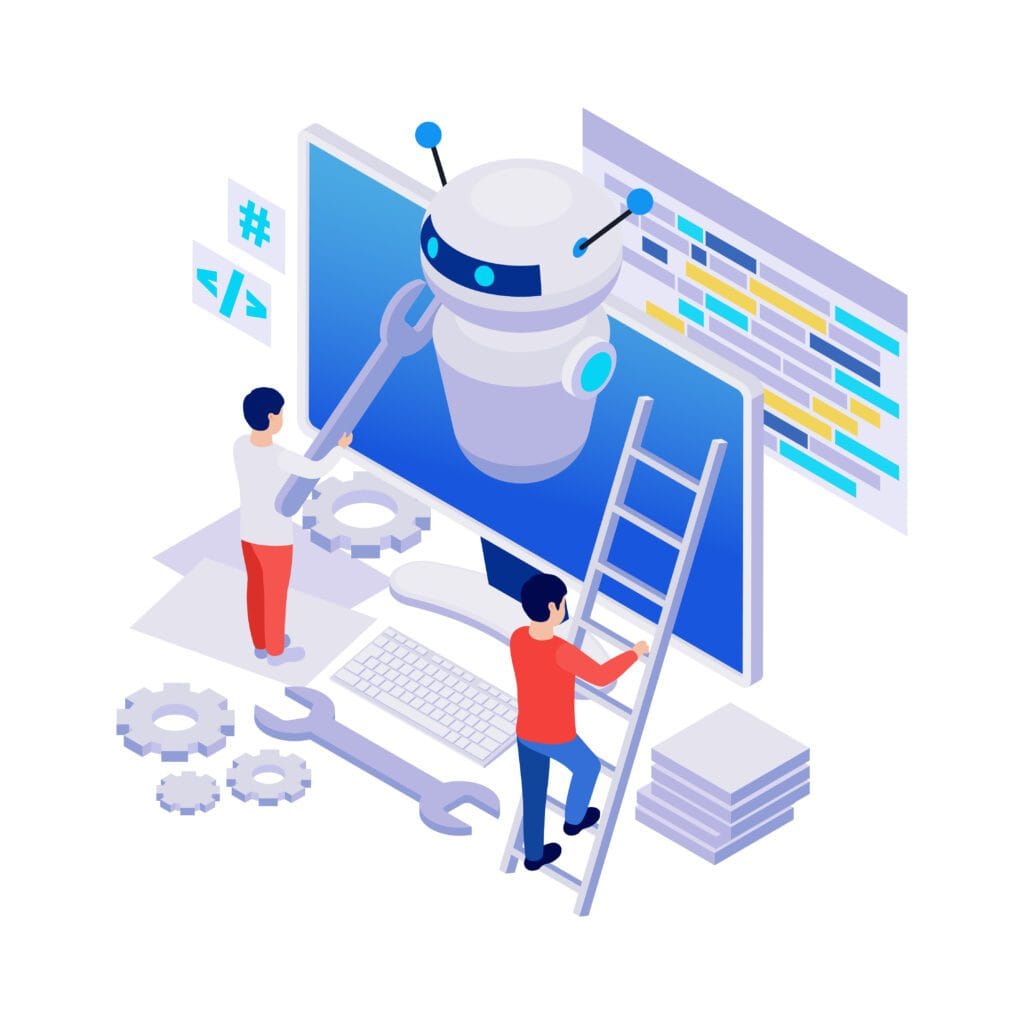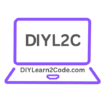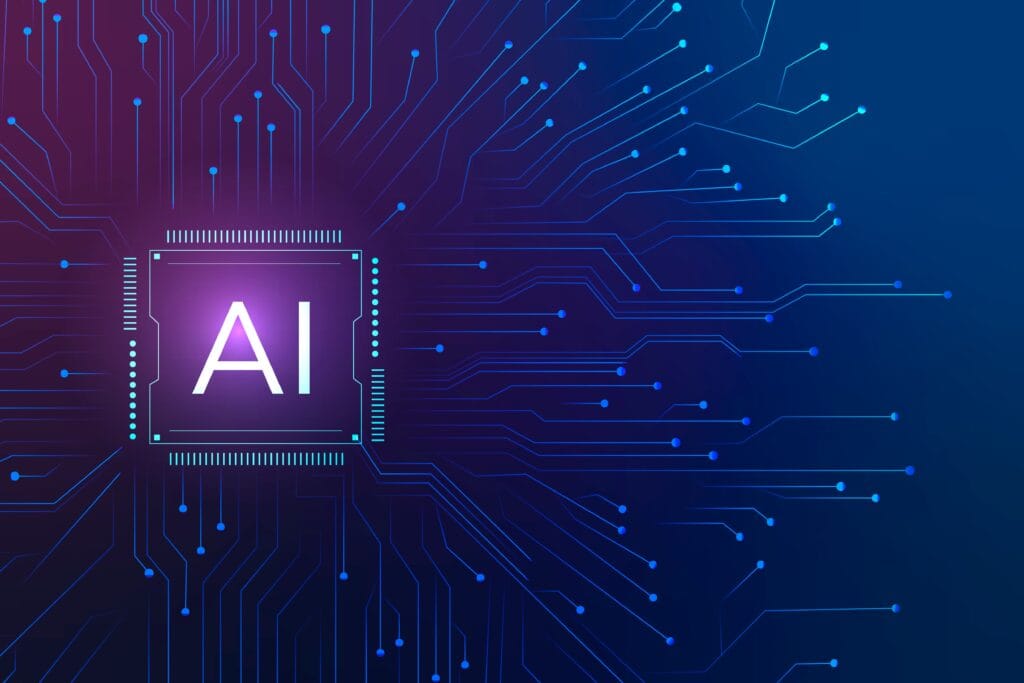
Introduction
- Introduction
- 🔹 Why DIY AI?
- 🔹 The Essential Ingredients of AI
- 🔹 How to Start Your DIY AI Journey
- 🔹 DIY AI Project Ideas for Beginners in 2025
- 🔹 DIY AI Learning Path (Step-by-Step Growth)
- 🔹 How DIY AI Connects With Other Technologies
- 🔹 Challenges Beginners Face (and How to Overcome Them)
- 🔹 The Future of DIY AI in 2025 and Beyond
- 🔹 Practical Tips for Beginners in DIY AI
- 🔹 FAQs
- 🔹 Conclusion
In our previous blog on Artificial Intelligence (AI), we explored what AI is and why it’s shaping the future. But reading about AI is one thing — building it yourself is another level of excitement!
The good news is: You don’t need a supercomputer or a PhD to get started. Thanks to open-source tools, cloud platforms, and DIY kits, anyone can start experimenting with AI in 2025.
In this blog, we’ll explore how beginners can create DIY AI projects, what tools to use, and how AI connects naturally with Python, Robotics, and Web Development.
By the end, you’ll be ready to start your first DIY AI project and understand how this journey can transform your skills, career, and even your daily life.
🔹 Why DIY AI?
Artificial Intelligence may sound intimidating, but at its core, it’s about teaching computers to make decisions. By experimenting with small AI projects, you:
- Build practical skills in coding, data, and problem-solving.
- Learn how AI powers robotics, smart websites, and apps.
- Prepare for future jobs where AI skills are in high demand.
👉 Think of DIY AI as learning to cook — you don’t start with a 5-course meal; you begin with small recipes, experiment with ingredients, and gradually build your confidence.
And just like cooking, DIY AI can be a hobby, a career booster, or even a business idea.
🔹 The Essential Ingredients of AI
Before we build projects, let’s understand the basic ingredients:
- Data → AI learns from examples (like images, text, or numbers).
- Algorithms → The recipes that help AI learn (machine learning models).
- Programming (Python) → The language most AI developers use.
- Tools & Libraries → TensorFlow, PyTorch, Scikit-learn.
- Hardware → From laptops to Raspberry Pi for robotics projects.
“Python is the backbone of AI development” → Click to Read more further about Python for AI
🔹 How to Start Your DIY AI Journey
Step 1: Learn the Basics
- Start with Python (friendly and powerful for AI).
- Learn simple maths and logic behind AI (not rocket science — just basics).
- Explore free resources like Google’s AI experiments or beginner-friendly YouTube tutorials.
Step 2: Choose Beginner Projects
- AI Chatbot (answer simple questions).
- Image Classifier (distinguish between cats vs. dogs).
- Voice Assistant (respond to voice commands).
“AI-powered robotics” → Click to Read more about Robotics
Step 3: Use Beginner-Friendly Tools
- Google Teachable Machine → Train AI without coding.
- Jupyter Notebook → Experiment with Python-based AI.
- MIT Scratch with AI extensions → DIY learning for kids.
🔹 DIY AI Project Ideas for Beginners in 2025
1. AI Chatbot for Your Website
- Build a simple chatbot that answers questions.
- Use Python + Flask.
- Deploy it on your personal blog or portfolio site.
- Extend it with NLP libraries like spaCy or Rasa for better responses.
2. Smart Home Automation
- Use Raspberry Pi + Python + AI.
- Example: Voice-controlled lights, AI-powered door security.
- Connect it with IoT and Robotics.
- Bonus: Try integrating with Alexa or Google Home.
3. AI-Powered Image Classifier
- Train AI to recognize daily objects (fruit, pets, etc.).
- Tools: TensorFlow Lite, OpenCV.
- Extend this to security (AI that detects strangers at the door).
4. Personal AI Study Assistant
- A note summarizer using NLP.
- Helps students revise faster.
- Can be upgraded into a voice-based tutor that answers basic study queries.
5. AI in Creative Arts
- Use AI tools to generate music, art, or even poetry.
- Platforms like OpenAI’s MuseNet or DALL-E can inspire creativity.
- Great for people who are not just tech-driven but artistic as well.
🔹 DIY AI Learning Path (Step-by-Step Growth)
One of the biggest mistakes beginners make is trying to learn everything at once. Here’s a structured way to grow:
- First Month: Basics of Python, simple AI concepts, and small no-code tools.
- Next 2-3 Months: Start coding basic AI projects (chatbots, image recognition).
- 6 Months: Explore robotics integration (Raspberry Pi + AI models).
- 1 Year: Build a portfolio of AI projects — deploy them online or on GitHub.
This approach ensures you grow steadily without getting overwhelmed.
🔹 How DIY AI Connects With Other Technologies
AI doesn’t live in isolation — it thrives when combined with other fields:
- AI + Python: Python is the most widely used language for AI.
- AI + Robotics: Robots become “intelligent” when AI is integrated.
- AI + Web Development: AI chatbots, recommendation engines, smart search.
- AI + IoT: Smart devices that learn from user behavior.
By exploring AI in these interconnected ways, you prepare yourself for a multi-disciplinary career that’s future-proof.
🔹 Challenges Beginners Face (and How to Overcome Them)
- Too many tools → Start with one (like Python + Scikit-learn).
- Data confusion → Use open datasets (Kaggle, UCI).
- Over-expectation → Start small; don’t aim for self-driving cars on day 1.
- Time management → Dedicate small daily practice sessions instead of weekend marathons.
- Fear of coding → Use no-code AI tools initially, then move into Python.
🔹 The Future of DIY AI in 2025 and Beyond
The DIY AI movement is getting stronger every year. Here’s what you can expect:
- AI Everywhere → From smart fridges to AR/VR learning apps.
- Affordable AI kits → Raspberry Pi AI kits, Arduino with AI sensors.
- Community-driven learning → Open-source AI projects and forums.
- AI + Creativity → Art, music, and design powered by AI.
- AI for Social Good → Students building AI to detect fake news, reduce waste, or improve healthcare.
🔹 Practical Tips for Beginners in DIY AI
- Start with free platforms like Google Colab (no expensive hardware needed).
- Keep a project diary — note your learnings and mistakes.
- Join online forums like Reddit AI, Kaggle Discussions, or Discord groups.
- Showcase your work on GitHub — it builds credibility for jobs and collaborations.
- Don’t hesitate to fail — in fact, each failure teaches more than success.
🔹 FAQs
Q1. Do I need to be a programmer to start with AI?
Not necessarily. Tools like Teachable Machine let you train models visually. But learning Python helps a lot.
Q2. Can AI run on a normal laptop?
Yes. Most beginner projects run fine. Heavy projects may need cloud platforms like Google Colab.
Q3. Is AI expensive to learn?
No. Many tools and datasets are free. Hardware like Raspberry Pi is affordable.
Q4. How is AI used in robotics?
AI helps robots “see” and “decide.” For example, a robot vacuum uses AI to map your room.
Q5. How does AI connect with websites?
AI powers chatbots, recommendations, and personalized user experiences on websites.
Q6. What’s the difference between AI, ML, and Deep Learning?
- AI is the overall field.
- ML (Machine Learning) is a subset where computers learn from data.
- Deep Learning is a specialized type of ML using neural networks.
🔹 Conclusion
DIY AI is the best way to learn, explore, and innovate in today’s digital era. By starting with small projects, you can gradually build confidence and understand how AI works in real life.
And remember, AI doesn’t stand alone — it blends beautifully with Python coding, robotics systems, IoT devices, and modern web development. That’s why your DIY journey across these technologies will feel like one big, interconnected puzzle.
✨ So start today. Your first AI project might be simple, but it’s the stepping stone toward building the intelligent systems of tomorrow.


